This is Part 3 of the History of Anchor Hocking, where we focus on the company’s history from 1970-2022.
Read Part 1: The History of Anchor Hocking (Intro)
Read Part 2: The History of Anchor Hocking (1905-1969)
1970s
1970
Anchor Hocking acquired the Phoenix Glass company in 1970. The plant in Monaca, Pennsylvania had its second fire in July of 1976, this time under Anchor Hocking’s ownership. It is still in operation today, making wine and spirits bottles. (Hawkins 415)
View this post on Instagram
1975
In an effort to help Anchor Hocking compete in the container business, recent Harvard graduate, Mitt Romney was brought on as a consultant. He went on to run for president against Barack Obama in 2008 and 2012 and now serves as a United States senator. (Alexander 44)
Shortly before his death at 101 years of age, founder Isaac Collins’ attorney brought to his attention that other Anchor Hocking businessmen had left generous donations to the community of Lancaster – and implied Collins should do the same. Some Anchor Hocking leaders had donated large sums of money, land or even both to the town.
Collins disregarded the suggestion and reminded his attorney: “I gave them all those jobs”. (Alexander 41)
1976
1976 was the last year original Fire-King Jadite dishes were made by Anchor Hocking until they were brought back as a reproduction “2000” line, in the year 2000.
Jadeite D-handle mugs and cereal bowls were produced up until 1976 and were some of the last original patterns of Jadeite dishes to be produced.
Read more: How to Identify FireKing Jadeite Markings
Current Prices for Jadeite Dishes
1980s
1981
The company now employed 17,000 people, 5,000 of which were from Lancaster. Sales rose 11 percent, and although margins and net profit were declining, Anchor Hocking carried very little debt.
They also succeeded in providing their shareholders with dividends for sixty-eight consecutive years. (Alexander 45)
The same year, President Reagan introduced tax cuts for high income earners, lowering their tax percentage from 70% to 30%. The freed up money was intended to be invested back into businesses and venture capitalism. encouraging innovation and entrepreneurship.
The tax cut defined Reagan’s economic contribution during his presidency and was heavily argued that it disproportionately benefited the wealthy, and increased the gap between the rich and the poor. It paved the way for private equity firms to buy up companies, and the economic boom and unprecedented growth in the 1990s. The rich got richer and the poor got poorer.
Learn More: History.com – Reagan signs Economic Recovery Tax Act (ERTA)
1982
Known as a stock with low volatility, Anchor Hocking shares started being bought up at an alarming rate, which caught the attention of the finance department.
Icahn Capital Corporation was buying up Anchor shares. Far from an amateur investor, Carl Icahn was determined to buy enough shares in Anchor Hocking to secure himself a seat on the board.
Embracing Friedman’s ideology, he looked to secure enough stock in Anchor Hocking to run things his way, and provide shareholders even more profit.
His mission was to overtake the company.
Bullying his way into a position of power, Carl Icahn put a stronghold on Anchor Hocking. They wished he would just go away. And sometimes he did, if the price was right.
These types of payoffs are known as greenmail: the practice of buying enough shares in a company to threaten a takeover, which forces the company to buy back their own stocks at a higher price to retain control.
He walked away with 3 million dollars in profit after Anchor Hocking was coerced into repurchasing his shares at an inflated price.
Carl Ichan did this to several companies in the 80s, which launched a trend of corporate hijacking.
“It was like taking candy from a baby”, as proclaimed in his biography King Icahn. (Alexander 45-46)
Although the loss didn’t present a risk to bankrupt the company, it was a wake up call. Anchor Hocking needed to pay attention and learn how to play big, as capitalist takeovers became a real threat to its bottom line and the livelihood of Lancaster.

1983
Wesray Capital Corporation acquires the container division of Anchor Hocking and moves its headquarters to Tampa, Florida. The new company, to be called Anchor Glass Container Corporation, would have 10 factories making glass by 1985. (Peter Schulz, Bill Lockhart, Carol Serr, Bill Lindsey, and Beau Schriever 6)
Anchor Glass Container Corp itself was riddled with debt and spent years in and out of bankruptcy. The debt carried by the container division would fall on Anchor Hocking’s shoulders.
To protect themselves from another takeover of the company, as seen with Carl Ichaan, the board implemented a golden parachute policy. That meant that top executives would be paid in generous stock, or cash if Anchor Hocking was taken over by another company. If the company got bought out, at least the top execs would be taken care of no matter what. The same safety net did not exist for employees on the floor. (Alexander 51)
Through generations of good times and tough times, there was an unwritten social contract: you showed up for work, put in a solid effort every day and you would get paid fairly. You weren’t going to get rich, but you could afford to buy a house, raise a family and make a living at a steady job. It was honest work.
But with the new wave of 80s business tactics, the mutual interest between management and employees started to divide.
The glass was beginning to crack.
1984
3 weeks before Christmas 1984, it was announced that Plant 2, responsible for making Fire-King dishes, would close for good. Jobs would be lost. The town of Lancaster was devastated. (Alexander 53)
Production continued for five more months until the very last minute when the gas lines were shut off, signaling the end of an era.
Tough union contracts, and looser environmental laws, meant Plant 2 would move to Clarksburg, West Virginia.
By this time, Anchor Hocking’s profit continued to decline. (Alexander 51) Glass produced overseas was more affordable to consumers who craved cheaper products. The glassware that was once given away as freebies began stacking up in warehouses.
1987
On July 1, 1987, Anchor Hocking was acquired by the Newell Group through a leveraged buyout.
A leveraged buyout (LBO) is when the buyer borrows money and takes over the controlling interest of a company. They agree to take on a large debt as part of the purchase price, and the assets of the company are used as collateral, with a plan to pay off the debt using future cash flow.
Before the buyout, talks started between Anchor Hocking’s President Ray J. Topper and the Newell Group. Newell started buying shares, and not long after, Topper proposed a new contract to the union. (Alexander 55)
He wanted to see pay cuts and the option to hire non-union workers. The proposal did not go over well with the union.
The heated disagreement resulted in a nasty strike lasting three weeks, and six arrests. In the end, the union conceded to the demands.
The remaining 2,000 employees in Lancaster were rightfully upset.
1990s
1996
Martha Stewart, a former Kmart lifestyle consultant, launches her own TV show, Martha Stewart Living. Filmed in her own house, many episodes feature her impressive Jadite collection, in the cupboards, and in use. (“Redo bathroom so two can share” 33)

“Like Martha, collectors don’t just display Jadite. They use it. It is sturdy and undeniably appealing with or without food.
- Mauzy, Author of The Complete Book of Kitchen Collectibles, Courier-Post newspaper interview.
Undeniably, Martha helps make Jadite popular to the masses, and collectors begin paying record breaking prices.
Martha’s daughter, Alexis started buying Jadite on her roadtrips when it could be easily found at garage sales, long before the sky high prices we’re used to seeing today.
Even back in 1998, Fire-King Jadite was getting hard to find.
1999
Anchor Hocking’s parent company, The Newell Group, goes big and acquires Rubbermaid. The company name was then changed to Newell-Rubbermaid. (“Newell Brands”)
2000s
2000
A commemorative lineup of Jadite dishes gets released under the 2000 line and is sold in big box stores across the country.
Still riding the wave of collector prices, Anchor Hocking looks to capitalize on the trend by rereleasing some dishes, and introducing some fantasy pieces.
Prices were modest to start, unlike today, where 2000 Jadite dishes can easily rival original pieces.
2001
Newell tries to sell Anchor Hocking to glassware maker Libbey Inc. However the bid was opposed by the Federal Trade Commission who deemed it to be a monopoly. (Burnett Jr. 1)
Now things start to get complicated.
Anchor Hocking seemingly becomes the red-headed step child, and will soon get passed around from private equity firm to another.
2003
In an act of desperation, the school board approves a cutback in funding, and a substantial tax break for Anchor Hocking so they could reinvest funds back into the factory. (Burnett Jr 6)
Lancaster’s schools would lose $50,000 in funding a year. (Alexander 76,77)
As part of the deal, Newell put $30 million back into Anchor Hocking’s infrastructure and promised to keep at least 900 jobs – less than 1/5th of the employees The Hockin’ used to employ. (Burnett Jr. 1)
The city was in financial ruin. And it wouldn’t be the last time the school board sacrificed funding.
View this post on Instagram
2004
Newell-Rubbermaid sells off Anchor Hocking in a package deal with Burnes Picture Frame and Mirro Cookware to private equity firm Cerberus Capital Management for $310 million.
The group of companies would set out to form Global Home Products. (“Anchor Hocking sold to New York investment company”)
Cerberus is a private equity firm out of New York that buys distressed companies with the goal to turn them around for a profit. (“Cerberus Capital Management”)
Fun Fact: In Greek mythology, Cerberus is a multi-headed dog that guards the gates of Hell to prevent the dead from leaving. Would you want Cerberus to buy your company? (“Cerberus”)
2005
Anchor Hocking lays off 500 employees with no pay and shuts down for 2 weeks.
“Our inventory is really full right now and we are going to shut down the plant for a couple of weeks until our sales can catch up,” said communications manager Barb Wolf in a quote for the Eagle Gazette’s front page story.
James Cunningham, of Anchor Hocking said he wasn’t going to be able to do anything during the lay off.
“We don’t have any money to do anything.”
“They had us speed up production and now they are going to shut us down for a couple of weeks. It doesn’t make a lot of sense, but we don’t have much choice,” the 13 ½ year employee said. (Burnett Jr. 1)
View this post on Instagram
2006
Just 2 years after buying Anchor Hocking, their investors Cerberus Capital Management defaulted on their bank loan, which bankrupted Anchor Hocking.
The other two companies Cerberus acquired in the Global Home Products deal with Anchor Hocking subsequently filed for bankruptcy as well. (“Employees are optimistic about future of Anchor Hocking” 1)
Prior to the bankruptcy, the private equity firm was worth $12 billion. Today, Cerberus is worth $45 billion.
2007
For the second time in 5 years, Anchor Hocking goes up for sale. (Kulemeka and Burnett Jr. 1)
Another New York private equity firm, Monomoy Capital Partners purchases Anchor Hocking and its parent company, Global Home Products for $75 million. (Kulemeka 1)
Monomoy specializes in buying businesses out of bankruptcy who are in need of financial restructuring. They were the only bidder at bankruptcy court who showed interest in purchasing the glassware company.
Employees are cautiously optimistic Anchor Hocking will remain in Lancaster and things will get better after Cerberus ran the company into the ground. (Kulemeka and Burnett Jr. 1)
2008
Monomoy acquires the Indiana Glass Company, and E.O. Brody Company and merged the businesses into Anchor Hocking. (Kulemeka 2)
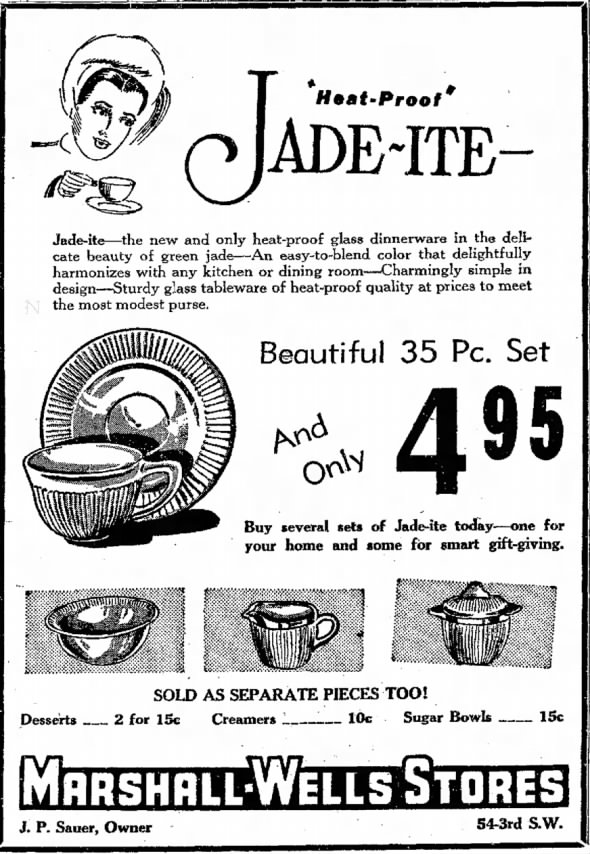
2010s
2011
Monomoy Capital makes a big acquisition and purchases Oneida, a leading supplier of dinnerware and flatware. Oneida and Anchor Hocking would unite to focus on complete solutions for the tabletop and food prep products. (“Monomoy Capital Partners Acquires Oneida Ltd.”)
2012
Monomoy still owns Anchor Hocking and Oneida and operates them under the EveryWare Global name.
Everyware would become publicly traded under the symbol EVRY. (“Monomoy Capital Partners Acquires Oneida Ltd.”)
2014
Anchor Hocking is in trouble. Again.
In a move to negotiate with creditors, Anchor Hocking shuts down production at two U.S. plants after defaulting on a $250 million loan. Employees were given just hours notice not to come to work. (Belanger)
Although the damage had already been done to Anchor Hocking, new CEO Sam Solomon helped secure a $20 million equity investment and restructure $300 million in debt. (Barron 1)
“It’s not about making the product. It’s about making money appear. And the 99 percent doesn’t understand that.” – Sam Solomon, Glass House
2015
Anchor Hocking goes bankrupt. Again.
No longer publicly traded, the “prepackaged” bankruptcy deal would mean its secured lenders would take over. (Gymburch)
In 2007, Monomoy Capital was valued at $280 million. Today they are worth $2.7 billion. (“Monomoy Announces the Closing of its Oversubscribed Fund IV with Over $1.1 Billion of Commitments”)
As its primary secured lender, German investment firm Deutsche Bank was owed about $250 million. (Fitzgerald)
The US headquarters of Deutsche Bank is the last remaining investment bank on Wall Street. (“Wall Street”)
View this post on Instagram
2017
Anchor Hocking’s parent company changes its name from EveryWare Global to The Oneida Group. (“Parent” 2A)
Once an employer of 5,000 people, the manufacturing plant in Lancaster now only employs 460 people after further cutbacks. (Barron 1)
In April, 2017, The Oneida Group, the parent to Anchor Hocking moved its headquarters out of Lancaster to Columbus, Ohio. (Barron 1)
2020s
2021
Anchor Hocking’s assets continue to be stripped away as the Stoelzle Glass Group acquires the Anchor Hocking plant (formerly the Phoenix Glass plant) in Monaca, Pennsylvania, USA. (“Stoelzle acquires Anchor Hocking US glass plant”)
2022
Despite a convoluted history of being passed around from one private equity firm to another, Anchor Hocking is still in business and the plant in Lancaster, Ohio still makes glass bakeware.
Now, residents of Lancaster refer to “when Anchor Hocking was in town”.
But it is still there today. (Alexander 16)
Sadly, only a shadow of its former self.
Read the 4-Part Blog Post Series About the History of Anchor Hocking
Discover some untapped nostalgia, as we follow the history of Anchor Hocking through the decades in this 4-part series.



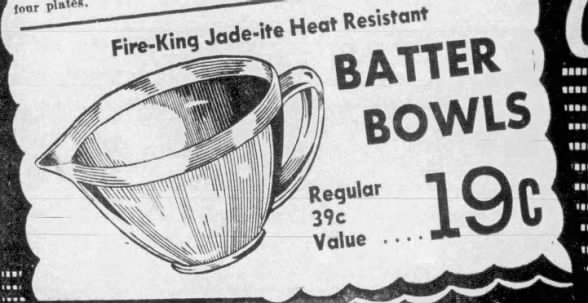

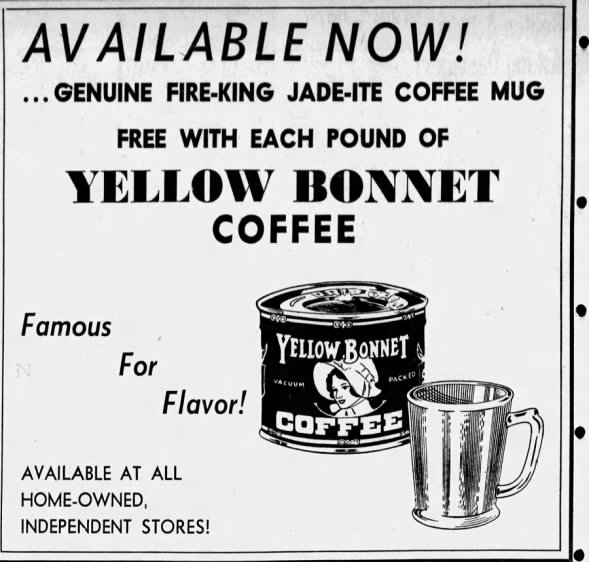
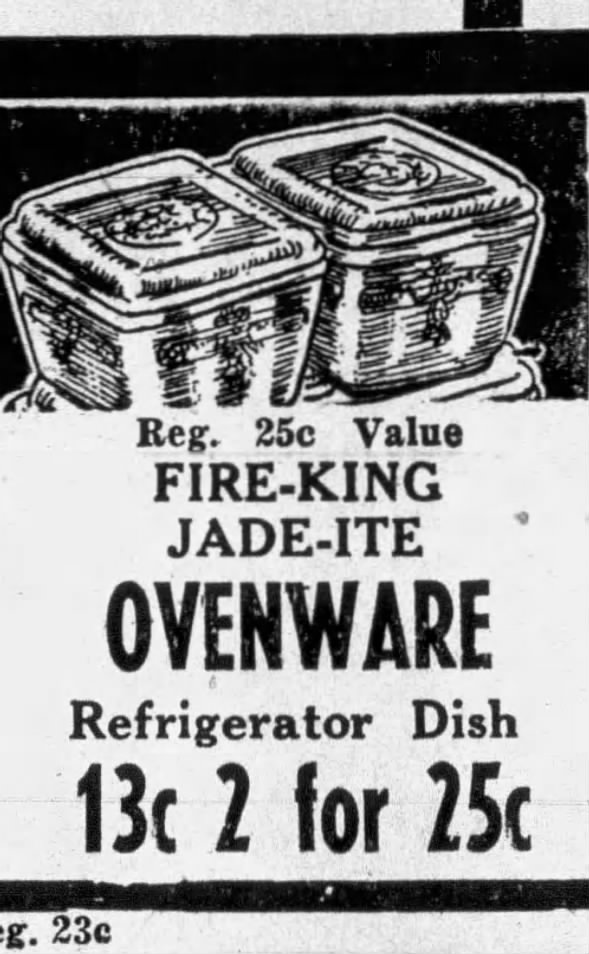
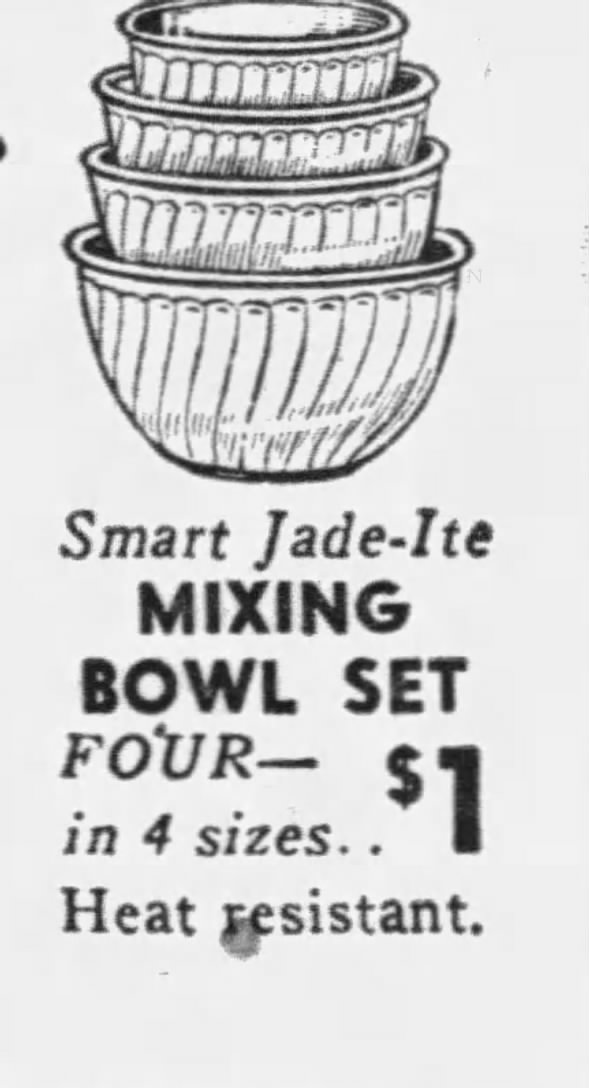
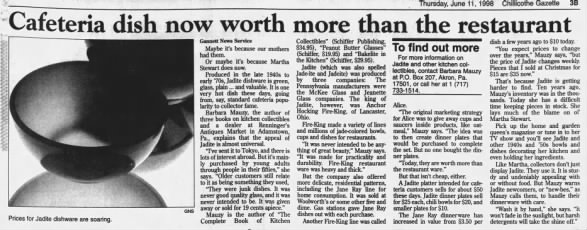
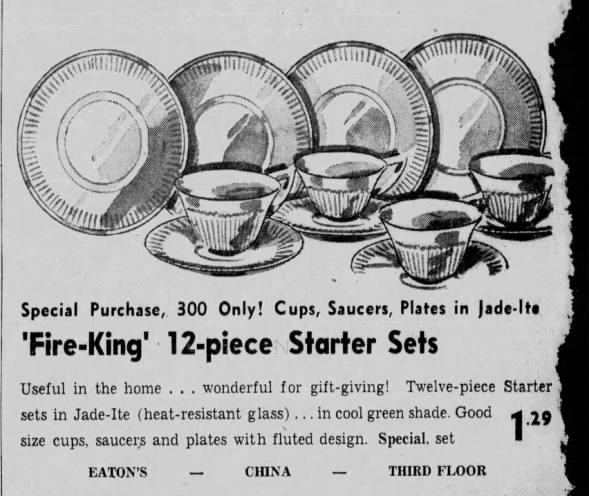

If only anchor hocking would just bring back some of its old items that people enjoyed and management would take pride in the glassware and treat the employees better then people would want to work there again and customers would want to buy the glassware again. But sadly if upper management does not do something drastic soon I fear this once great company will be gone for good then the town would fall farther in turmoil and run more and more into a ghetto. I pray that something positive happens soon because all of us employees there depend on this company just to live day to day.